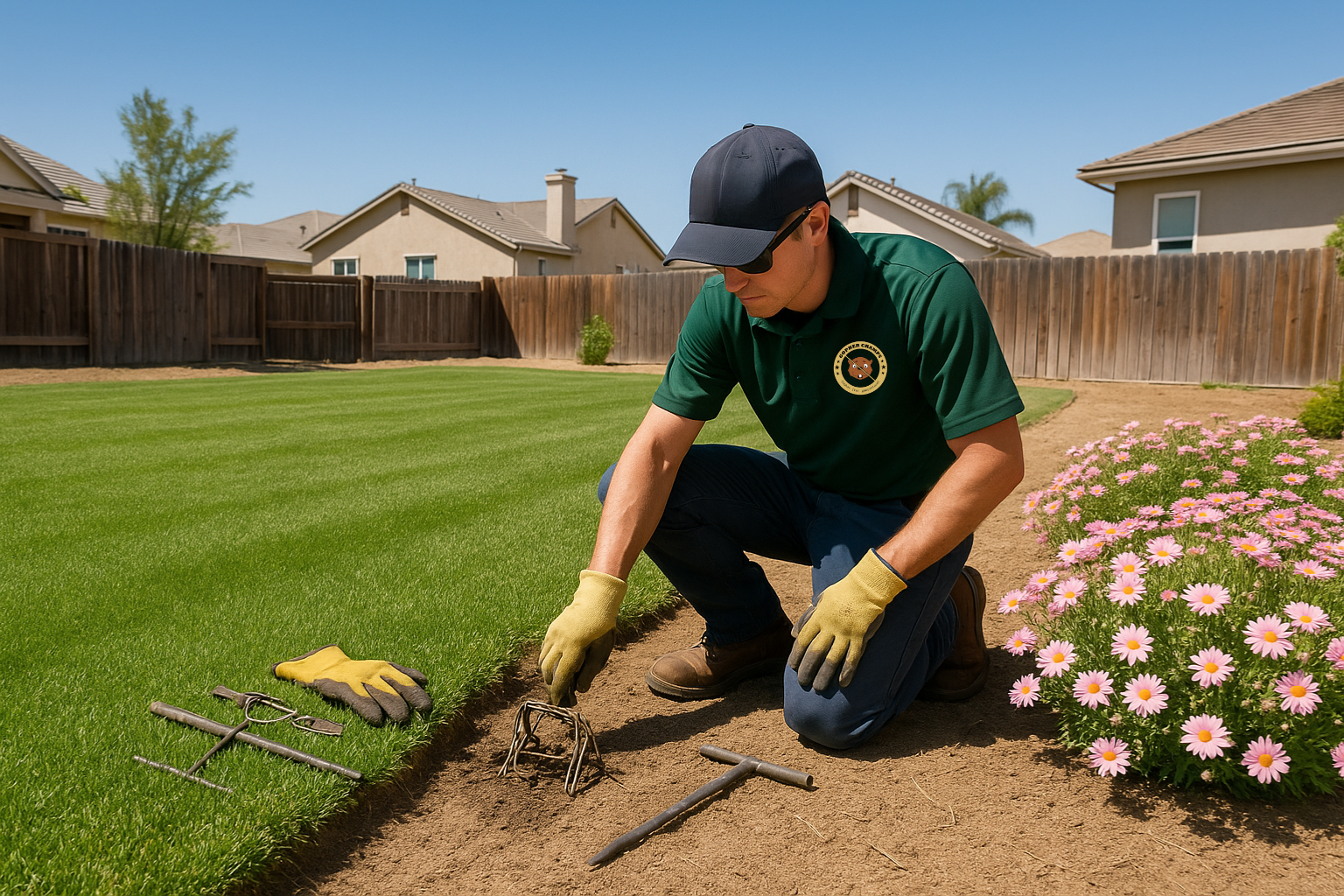
How to Protect Your Lawn Before Gophers Strike
You've seen it before—neighbors wake up to fresh dirt mounds, ruined turf, and expensive repairs. The best time to stop gophers isn't after they invade. It's now. Preventing gopher damage saves hundreds in landscaping costs and keeps your lawn healthy year-round.
1. Understand What Attracts Gophers
Gophers dig where they find soft soil and steady food sources. That means lush lawns, flower beds, and vegetable gardens are prime targets.
Common attractants:
- Overwatered or loose soil
- Abundant plant roots or bulbs
- Thick mulch beds
- Ground-level irrigation leaks
By tightening up these conditions, you make your yard less inviting.
2. Watch for Early Warning Signs
You can often spot activity before damage spreads:
- Slight soil disturbances or small test holes
- Flattened trails or faint mounds near edges
- Sudden patches of wilting grass (roots eaten from below)
Call for a free inspection from Gopher Champs the moment you notice changes like these—early detection keeps costs down.
3. Strengthen Your Yard's Defenses
A few simple steps reduce risk:
- Install underground barriers (¼" mesh or hardware cloth) around garden beds.
- Keep lawns trimmed and soil compacted.
- Avoid heavy watering that softens digging zones.
- Regularly check fence lines and borders for new holes.
These low-cost defenses stop most tunneling before it starts.
4. Schedule Preventive Maintenance
Even when your yard looks perfect, gophers may move in from neighboring properties. That's why many Southern California homeowners schedule quarterly maintenance visits from Gopher Champs.
We inspect, set preventive traps, and keep watch over hot spots before they grow.
5. Act Fast—Not Furious
A single gopher can dig up to 300 feet of tunnels in a week. Waiting a few days could mean more damage and higher repair bills.
When in doubt, call (951) 330-7399 or click "Get a Free Quote."
